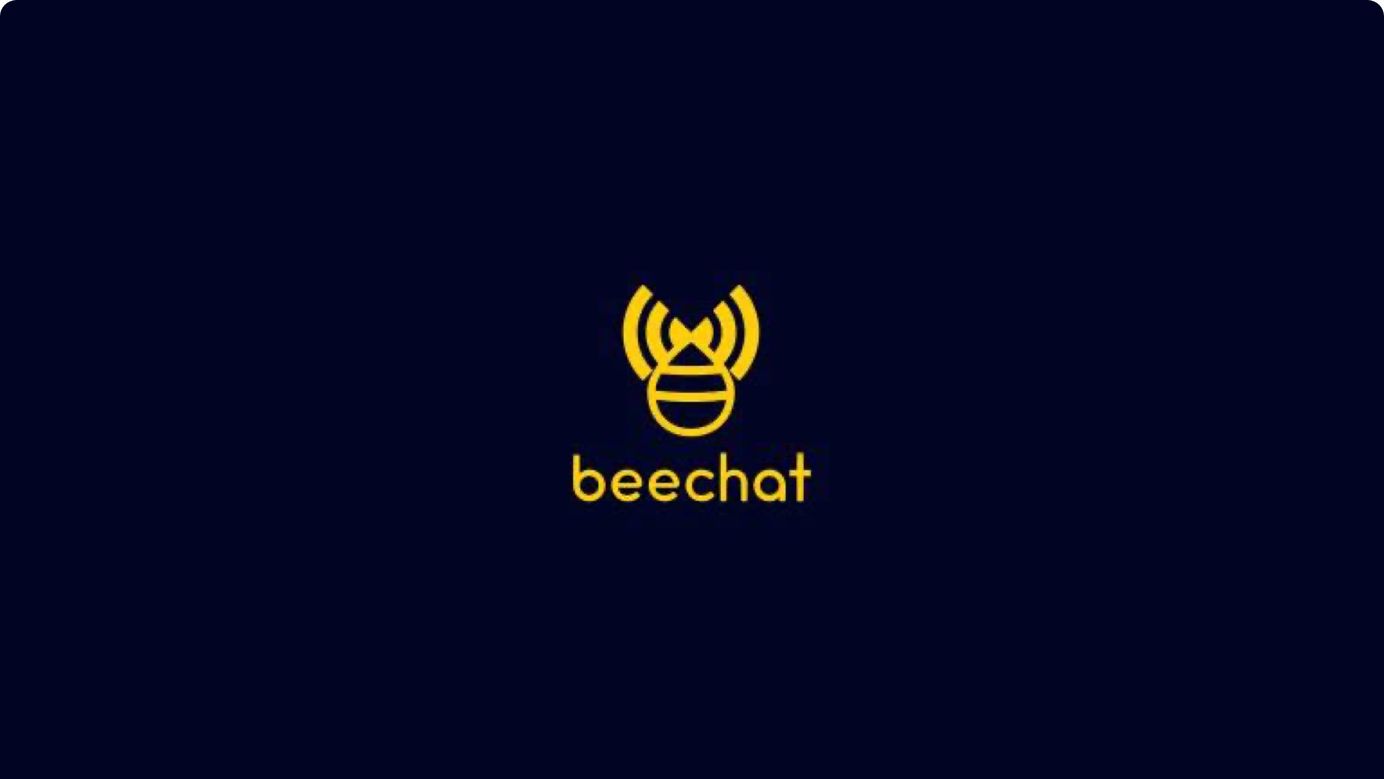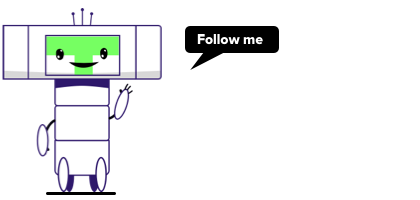
Open & Decentralized Radio Communications with Beechat Network
Surveillance and control can grow quickly out of hand should it be used to enforce unjust laws. Thus, if we value our freedom and privacy we must look to open decentralized solutions such as Beechat Network.
Our recent focus on mobile phone privacy has made us astutely aware of the glaring issues with traditional cellular services. We've been dreaming of a world where open radio communications are available to everyone. Will we find a solution in today's interview?
Resources
Beechat Official Site
Beechat Official Telegram Channel
Beechat Github
Beechat Cryptography
Intro
One major concern of this era is our dependence on centralized radio communication networks. The current networks both surveil and control their users.
The age-old practice of telecommunications warrants show that telecommunications providers will withhold customer records indefinitely and are all too eager to assist law enforcement. We've also seen that cellular service providers are all too eager to help intelligence agencies create extensive databases based on call records which can be further analyzed and queried.
Cellular service is also used as a mechanism for control. In Pakistan, cellular service is being denied to unvaccinated individuals. In Mexico, legislation has been passed that requires cellphone companies to gather fingerprints and eye scans from their customers.
This surveillance and control can grow quickly out of hand should it be used to enforce unjust laws. Thus, if we value our freedom and privacy we must look to open decentralized solutions such as Beechat Network.
I sat down with Nick, the founder, and Robert, the COO of Beechat Network. Our discussion focused on how the technology worked, how we could use it, and if it could truly replace cellular communications.

Teebot wants you to follow us on these alternative social platforms:
Official #TakeBackOurTech Community
Telegram Channel
Telegram Discussion
Odysee
Hive
Minds
What's the backstory of the project, was 2020 a significant year to start it?
Back in 2020, Nick was performing field work out in the forests of UK with his team and found that there was no easy way to stay in touch. The team used radios but it was difficult to retain technical information or data across the two radios and so things needed to be written down. Nick then wondered, how could we create mobile communications powered by radio without needing cellular service?
What's the overview of the technology?
Beechat Network is a collection of open radio hardware and software that anyone can utilize to communicate securely over a mesh network. It is a survival tool, designed to be used without using the centralized internet. You can connect to the network by connecting a Beechat Radio to your phone. This is housed in a 3D printed enclosure that can clip to your phone, aptly named the Beechat Clip.

Then you can use the Beechat Android app on your phone to send messages to others on the network. These messages are encrypted using some of the strongest encryption protocols available. More on that later.
Everyone on the network is responsible for its robustness. Beechat Radios are either powered by your phone or laptop, or members of the network can setup radio repeaters which can be powered by solar panels. Many repeaters can be setup as ‘bridge nodes’ across a geographical area to achieve coverage, helping propagate messages on the Beechat network to their intended destination node.
What are the technical specifications of the network?
Beechat Network uses DigiMesh, a modern mesh networking protocol that is completely decentralized. These radios communicate on unlicensed channels typically used by industrial and scientific communications.
In the United States, you can operate these radios on unlicensed channels at 1000 milliwats, far more power than the 332 milliwat limit in the EU. The radios are far more effective at higher power.
Robert, the COO of Beechat explained it well: A radio wave is like spaghetti. You can control its range, but the larger its range the slower its speed. If two nodes on the network have a long distance between them, then the message may take a long time to be fully sent between them. If there are many nodes or repeater nodes nearby, then a shorter range can be used for a quicker transmission. The team plans for users to be able to adjust their radio modes between longer ranges and faster speed.
The network effects of more radios is obvious. Beechat envisions many radios in a city, 4 or 5 per neighborhood would provide coverage for a whole town or city.
Outside of the city, repeater nodes would need to be strategically placed to get the most range from node to node.
Radio communications are improved with line of sight (this is why radio towers exist). Beechat repeaters should be placed on rooftops or lamp posts to extend the line of site and range of the radios.
The limitation of the mesh networking protocol means that each transmission can hop a maximum of 20 node, but this will be expanded in the future through software updates.
What will the experience be like?
Upon launch, the Beechat app and network will allow you to create an anonymous account and send texts, send images, and files to other users on the network.
It'll look like any modern messaging app, you'll be able to save contacts on the network and nearby nodes. You will be able to have usernames and can change as many times as you'd like.
The underlying protocol and software is open source so individuals will be able to build whatever applications they would like on top of it.
What's the current status of Beechat?
Beechat is currently in its early beta stage. Demo units have been produced and the demo application has been released alongside the encryption layer.
Beechat has been tested in dense urban environments. Larger tests with repeaters and longer ranges are currently being rolled out in multiple countries.
A standalone post-quantum encryption app will be released soon for Linux & Windows as well. Visit Beechat's website for more information.
How is Beechat secure?
Beechat's features post-quantum encryption to protect communications sent over the network. To give you a little background, quantum computers are the latest threat to modern encryption schemes. They solve complex problems, such as ‘factoring’ problems which involve finding the prime factors of incredibly large numbers. Unfortunately, most encryption today relies on the decryption being hard to invert (or factor) from a hash. This means all encrypted communications today are under threat of being decrypted by quantum computers. As time goes on, this outcome becomes more and more realistic.
Beechat Network uses post-quantum encryption, which is similar to asymmetric encryption. When you want to communicate to someone you will need their public key, which may be shared through a side channel (outside of Beechat). You then generate a random password based on that public key, and encrypt your message with that password. Then you send your password and message to your recipient. They decrypt your password first using their private key, then use that to decrypt the message. All these steps happen inherently in Beechat for seamless secure communication.
How can we help make this a reality?
Get the word out about Beechat. Share their website and telegram.

The Official Beechat Site

They will be starting a kickstarter and will be looking to crowdfund the first production units. The device respects your freedom - there is no subscription costs to use the network, you own your devices. You can use a laptop or phone with a Beechat radio to connect to the network.
All things depend on the centralized internet, we need a new foundation for communication.
Free Energy Devices
Beechat has also designed two free and open energy devices which anyone can build together to produce energy.
The first is Beechat Crank, which is a hand crank or pedal crank and can use your hands and feet to generate electricity which can be stored in a battery.

The second is Open Juice, which is a steam generator. It uses a heat source like the sun or a wood fire to heat up coolant, which turns into steam and turns a turbine. Unlike solar panels, anyone can fix this device, making it a more reliable solution for free energy. The heart of this device can be put over a heat source or inside a reflecive dish like a solar cooker.
Conclusion
Beechat Network and related projects are survival technologies that are needed to run alternate societies. The next few months are important as longer range tests are rolled out. If the technology is viable, then communities around the world may use Beechat for regional communication, and a coordinated distribution of Beechat radios and repeater nodes may connect these regions together.
Stay tuned for future articles on Beechat network where we demo the radios and post-quantu encryption.
Take Back Our Tech Newsletter
Join the newsletter to receive the latest updates in your inbox.




